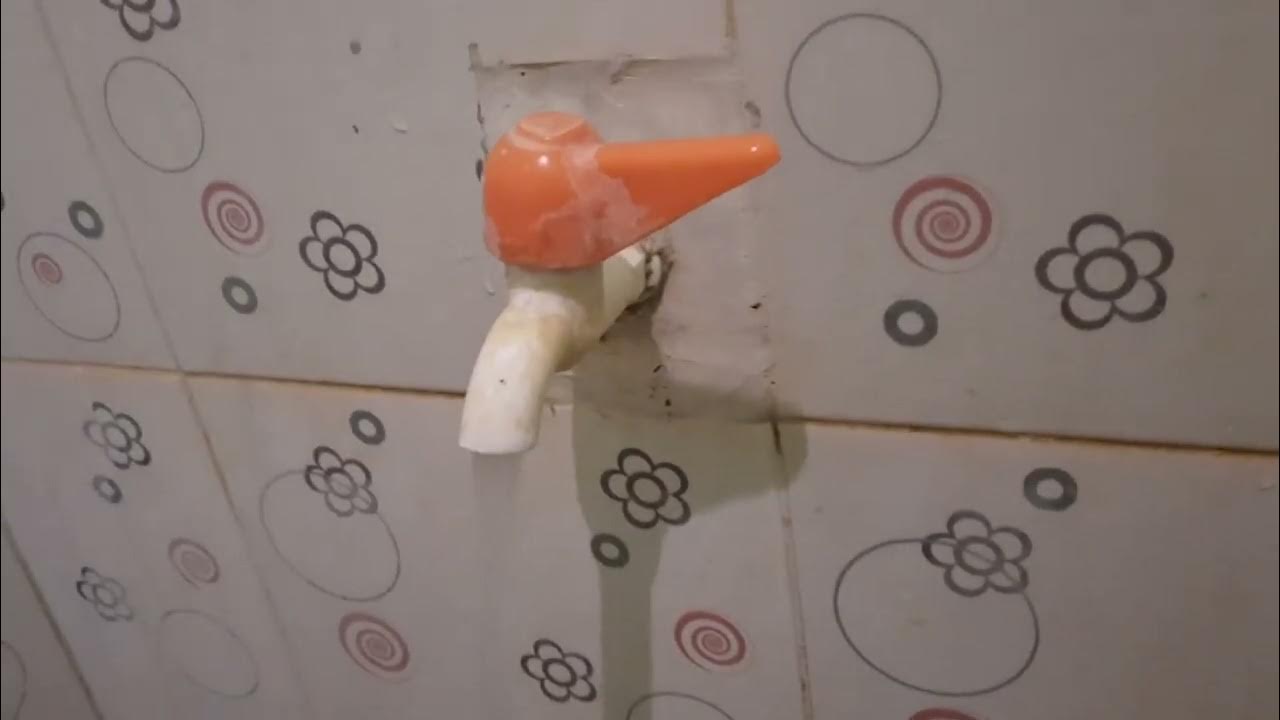iBilib: Static energy experiment
Summary
TLDRThis video script describes an intriguing experiment involving a non-Newtonian fluid called Oobleck, created by mixing cornstarch and water. The presenter pours water into a cornstarch-water mixture, adds inverted bottles, and discusses the properties of Oobleck, including its viscosity and how it behaves under different pressures. The script also mentions the concept of quicksand and the importance of understanding fluid dynamics, ending with a note on static electricity.
Takeaways
- 🌟 The experiment involves creating a non-Newtonian fluid called Oobleck, which behaves both as a solid and a liquid.
- 💧 The Oobleck is made by mixing cornstarch and water, creating a substance that changes its viscosity under stress.
- 📚 The term 'Oobleck' comes from a children's book, 'Bartholomew and the Oobleck', by Dr. Seuss.
- 🔬 Viscosity is the measure of a fluid's resistance to flow, and Oobleck exhibits non-Newtonian properties.
- 🌀 Newtonian fluids maintain a consistent flow rate regardless of pressure, while non-Newtonian fluids like Oobleck change their flow rate under pressure.
- 🧪 The experiment includes pouring water into a cornstarch mixture and adding inverted bottles to observe the Oobleck's properties.
- 🛠️ The use of a PVC pipe and steel wool is mentioned, possibly for demonstrating the interaction between Oobleck and different materials.
- 🌐 The script discusses the concept of magnetism and static electricity, suggesting an exploration of these forces in relation to Oobleck.
- 📖 The script references a book, 'The Dr. Sosna Bartholomew and the Oobleck', which might be a source of inspiration for the experiment.
- 🎓 The experiment is educational, aiming to teach about the properties of non-Newtonian fluids and their applications.
Q & A
What is the main focus of the experiment described in the transcript?
-The experiment focuses on creating a non-Newtonian fluid called Oobleck, which is a mixture of cornstarch and water, and observing its properties.
What is the significance of the term 'Oobleck' in the context of the script?
-Oobleck is a term from a children's book and is used to describe the non-Newtonian fluid mixture of cornstarch and water, which behaves both as a solid and a liquid.
What is meant by 'magnetism' in the script?
-The term 'magnetism' in the script seems to be used metaphorically to describe the fascinating properties of the Oobleck fluid.
Why does the script mention steel wool and a PVC pipe?
-Steel wool and a PVC pipe are mentioned as materials that could be used in the experiment, possibly to demonstrate the properties of Oobleck or to create a setup for the experiment.
What is viscosity and how does it relate to the Oobleck fluid?
-Viscosity is the measure of a fluid's resistance to flow. In the case of Oobleck, its viscosity changes based on the pressure applied, making it a non-Newtonian fluid.
How does the Oobleck fluid react under different pressures?
-When pressure is applied to Oobleck, it acts more like a solid. When the pressure is released, it flows like a liquid, demonstrating its non-Newtonian properties.
What is the role of cornstarch particles in the Oobleck mixture?
-Cornstarch particles in the Oobleck mixture create a structure that resists flow when agitated or under pressure, contributing to its non-Newtonian behavior.
Why does the script mention 'quicksand'?
-Quicksand is mentioned as an example of a non-Newtonian fluid, similar to Oobleck, which behaves differently under different conditions of stress or pressure.
What is the significance of the term 'static electricity' in the script?
-Static electricity is likely mentioned to describe the sensation or effect experienced when handling Oobleck, possibly due to the friction between the particles.
What is the purpose of adding water to the cornstarch in the experiment?
-Adding water to cornstarch creates the Oobleck mixture, which is the subject of the experiment to study its unique non-Newtonian properties.
How does the script describe the process of creating Oobleck?
-The script describes pouring water into a cornstarch mixture, stirring it until it reaches a thick consistency, and then observing its behavior under different conditions.
Outlines

Cette section est réservée aux utilisateurs payants. Améliorez votre compte pour accéder à cette section.
Améliorer maintenantMindmap

Cette section est réservée aux utilisateurs payants. Améliorez votre compte pour accéder à cette section.
Améliorer maintenantKeywords

Cette section est réservée aux utilisateurs payants. Améliorez votre compte pour accéder à cette section.
Améliorer maintenantHighlights

Cette section est réservée aux utilisateurs payants. Améliorez votre compte pour accéder à cette section.
Améliorer maintenantTranscripts

Cette section est réservée aux utilisateurs payants. Améliorez votre compte pour accéder à cette section.
Améliorer maintenantVoir Plus de Vidéos Connexes

DIFFERENCE BETWEEN NEWTONIAN AND NON-NEWTONIAN FLUIDS

Praktikum Farmasi Fisika:Viskositas dan Rheologi Sediaan Farmasi

Mekanika Fluida FM01 (Lecture1: 2/4). Newtonian/Non-Newtonian Fluid

Preschool Science Experiment at Bright Horizons

BE3002 Transport Phenomena in Biosystem Module 2_Segment 4

Eksperimen Steady & Unsteady Uniform Mekanika Fluida
5.0 / 5 (0 votes)
